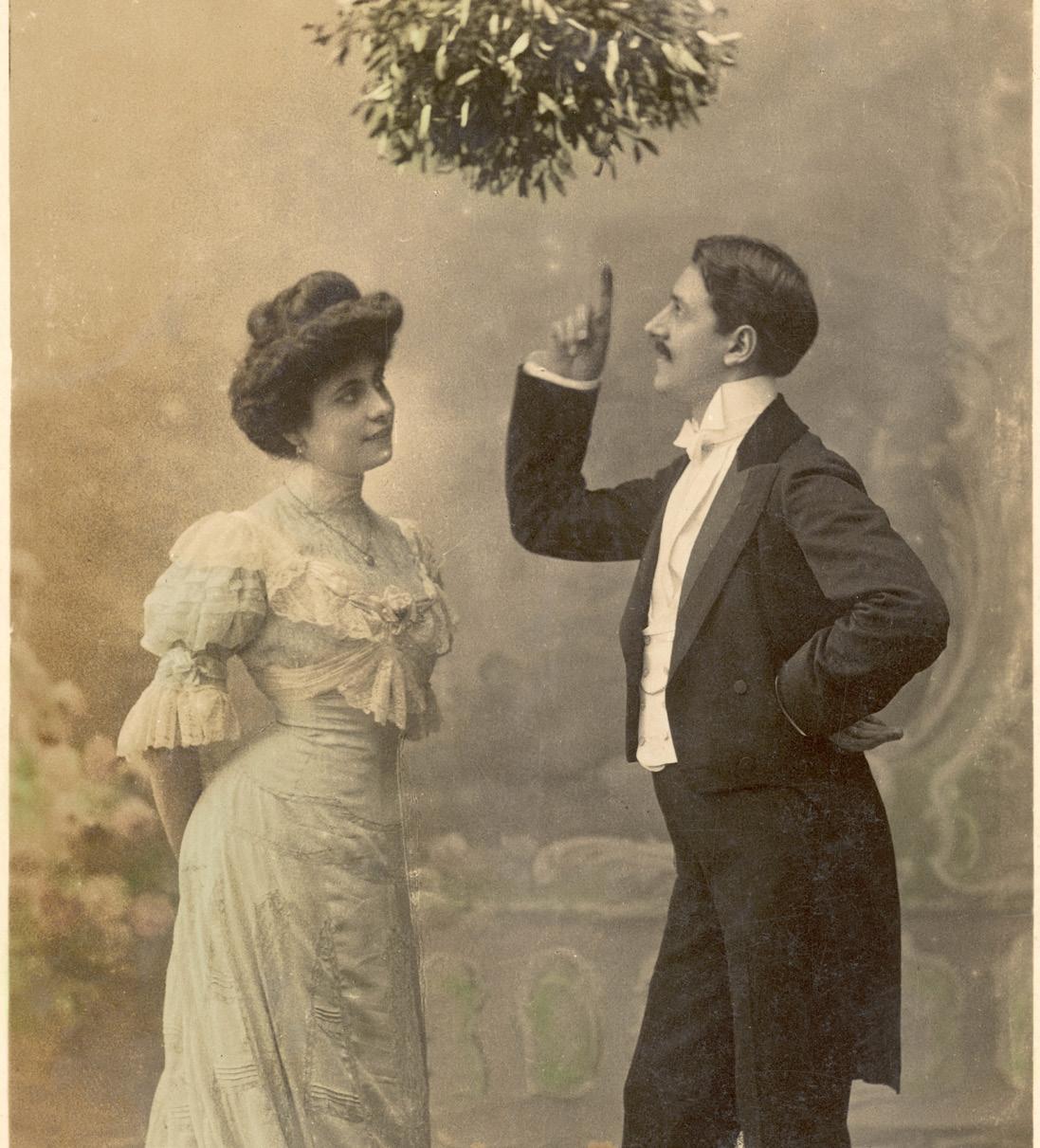
3 minute read
Winter Holidays Throughout the World
www.BlackhawkLivingCA.com @BlackhawkLivingCA #BlackhawkLivingCA
By Linda Kralik, Resident since 1984, Berkshire Hathaway Home Services, Drysdale Properties
The Blackhawk community is rich in diversity, bringing us closer to our friends and neighbors. Here are some traditions down through the ages which reflect those diversities in culture and enlighten us to a new awareness.
Some of our most treasured traditions come from pagan customs. The Christmas tree is originally, an ancient custom of the Germans. Evergreen trees were used in pagan winter solstice celebrations. However, by the 16th century, the custom was seen as a Christian tradition with sweets and fruit used to decorate the trees as gifts to the children of the town or the poor. Later, Martin Luther is said to have begun the practice of adding candles to the ends of the branches. In the 1800s, Queen Victoria brought the tradition to Britain and subsequently to the United States, where it has become one of the world’s most recognized winter traditions.
Another very old and pagan holiday tradition is mistletoe. This plant, which grows by taking sustenance from other trees or bushes, can be found throughout Europe. Mistletoe bears its fruit in the wintertime. It is connected to the mythology of both Greece and Rome. The British Druids used it in their winter solstice celebrations, while the Celts believed it would bring fertility to their animals in the upcoming year. Today, mistletoe is hung high, usually in the entrance of the home where those who stop below it are kissed. We owe this tradition to the Scandinavians (Norse) who called mistletoe, the peace plant. If warriors happened to a place where it grew, they would lay down their swords, meeting in peace. Eventually, this led to lovers meeting under the trees and kissing, which continues to this day.

Many year-end traditions center on light because the shortest day of the calendar year occurs during the winter months. Originally, many of the celebrations were reminders that the “light” would return, however, some have their own historic or cultural origins.
The lighting of the menorah during Hanukkah has its beginning in the ancient story of the Maccabee’s victory over the Greek-Syrian army, when one day’s worth of oil burned brightly for eight days in the Temple. Today, Jewish families remember this story during the festive lighting of the menorah. The lit menorah is usually placed in a window or by the door for all to see.
Those African Americans who celebrate Kwanzaa light candles, which are placed in the kinara as part of their observance of the holiday. The kinara is a reminder of the roots African Americans have in Africa. Seven candles symbolize the Seven Principles of Kwanzaa. There are three red, three green and one black, with the latter placed between the red and green candles and lit first. The Seven Principles are Unity, Self-Determination, Collective Work and Responsibility, Cooperative Economics, Purpose, Creativity, and Faith. Each night, the family reflects on one of the Seven Principles.
While there is no formal lighting of candles, per se, Buddhists throughout the world also celebrate during the winter months. Bodhi Day is an observance of the “enlightenment” of Buddha. On this day, Buddhists remember how the Buddha sat under a pipal tree to contemplate life, pain and suffering. On the eighth day, he realized that all suffering stemmed from ignorance. Bodhi Day is considered the birthday of Buddhism.
Hindus also celebrate the light in the feast of Diwali or Divali. This is a celebration of good over evil that is observed by the lighting of candles, often in small clay containers as a reminder that the Lord Rama triumphed over the evil demon king, Ravana. It is celebrated for five days, following the lunar Hindu calendar; therefore, observance can be anytime from between September to November.
As Muslims approach the end of the month of Ramadan, they look forward to a three-day celebration called Eid Al-Fitr. When asked about this event, American Muslims often say: “It’s like our Christmas.” Like Christmas, Eid is a time to celebrate the faith, to be charitable, to visit friends and family, and to exchange gifts.
In celebration of our traditional Christmas and culturally diverse winter holidays, I wish each and every one a joyous New Year.











